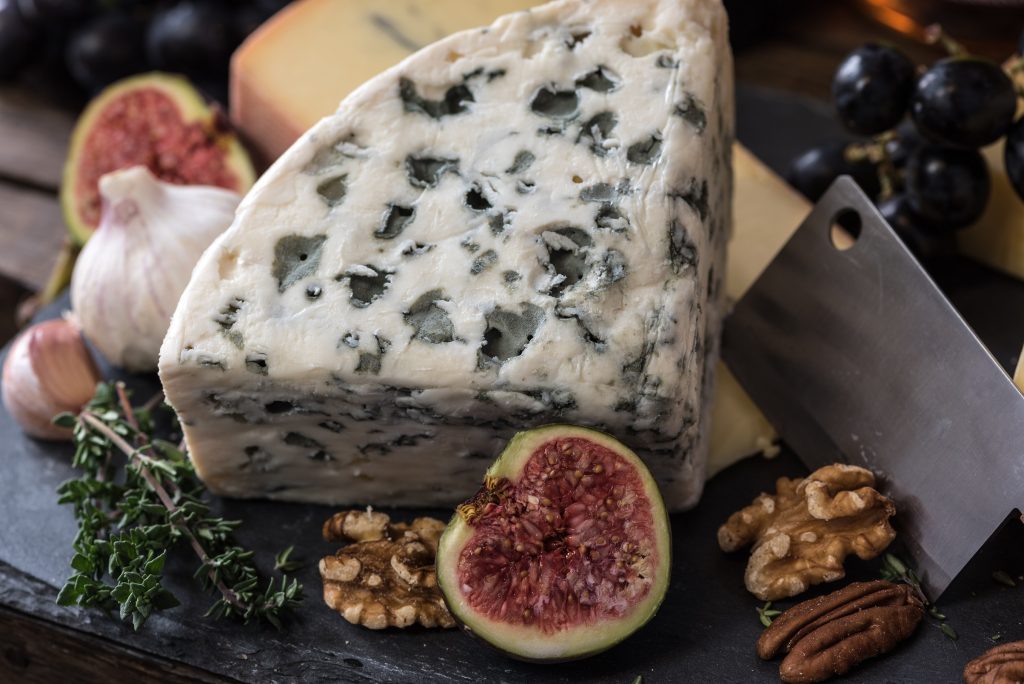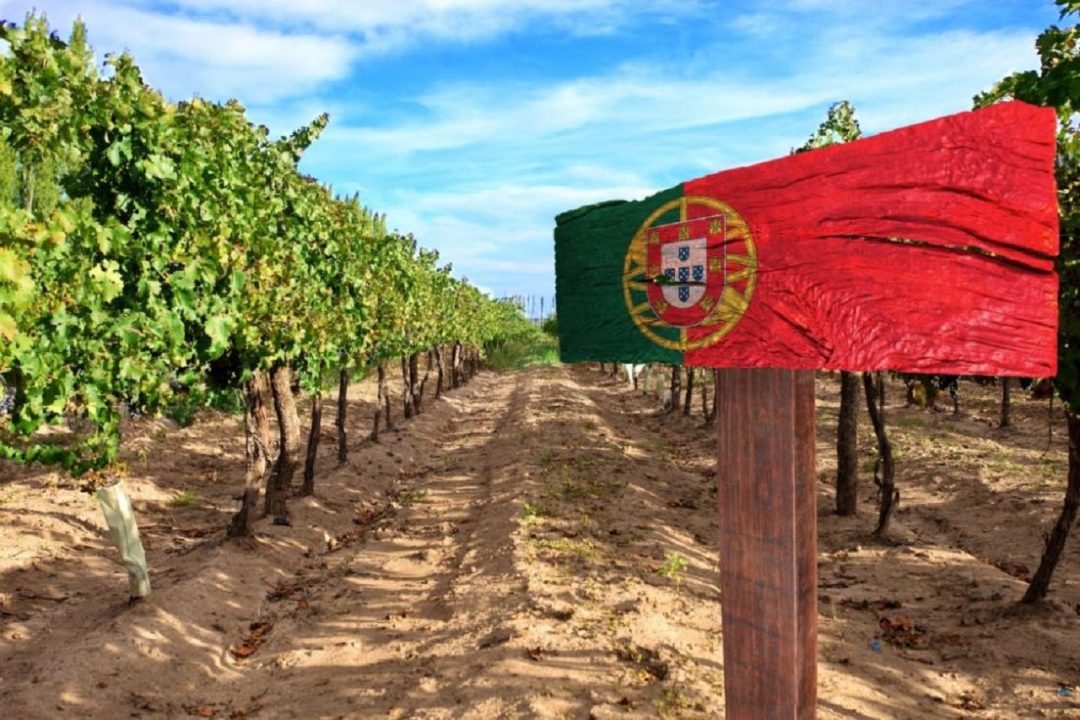Touriga Nacional and Touriga Franca are two grapes with similar names, but with distinct characteristics.
Let’s see what is the difference between the two Portuguese grape varieties.
Touriga Nacional
History
Touriga Nacional is the best known among the two hundred and fifty native grapes in Portugal.
It is an autochthonous grape, originally from the Dão wine region, but which is now planted in a large part of Portuguese territory, from Alentejo to the Douro.
The oldest references to Touriga Nacional date back to the 19th century when it is estimated that around 90% of the Dão vineyards were occupied by this variety. However, during the 20th century, there was a preference for planting other strains in Portugal, due to the low yield of Touriga Nacional.
From the eighties onwards, with the appreciation of the production of quality wines, to the detriment of large-scale production, Touriga Nacional gained the spotlight once again.
Today, Touriga Nacional is considered the queen of Portugal’s grapes and the noblest among the Portuguese autochthonous varieties.

The grape
Touriga Nacional is a low-yield and intermediate-ripening grape.
Its bunches are small and elongated, with rounded and non-uniform berries. The skins are of good thickness and vary in color from dark blue to almost black.
Touriga Nacional is also known by several other names, such as Azal Tinta, Preto de Mortágua, Mortágua Preto, Mortágua, Bical Red, Turiga, Touriga, Touriga Fina, Tourigão, Tourigo Antigo and Tourigo do Dão.
Touriga Nacional wine
Touriga Nacional wines are quite elegant and full-bodied, with high complexity, good color concentration, refined tannins and great aging potential.
On the nose, Touriga Nacional wine reveals aromas of ripe black fruits such as blackberry, raspberry, blueberry and plum, floral notes such as violet, minty nuances, as well as hints of rosemary and chocolate.
Aging in oak brings out vanilla nuances and hints of spice.

Pairing with Touriga Nacional
The wines made from the Touriga Nacional grape are versatile, going well with red meat, pork and lamb. Also try to pair them with blue cheeses, such as Gorgonzola and Roquefort.
Touriga Franca
History
Despite what its name might suggest, the Touriga Franca grape does not originate from France, but from the Douro wine region in Portugal.
Touriga Franca is estimated to have emerged in the mid-19th century, through a natural cross between the Touriga Nacional and Mourisco Red varieties.
Today, in addition to the Douro, the Touriga Franca grape is also cultivated in several other regions of Portugal, such as Dão, Trás-os-Montes, Bairrada, Ribatejo, Estremadura and Setúbal.

The grape
With medium-sized bunches and dark-blue berries, Touriga Franca is a grape that ripens early and is highly resistant to pest attack.
The variety was known by other names, such as Touriga Francesa and Tinta Francesa. But a 2000 ordinance defined the official nomenclature as Touriga Franca.
In addition to being used in the production of red wines, according to Portuguese tradition, Touriga Franca is also one of the main grapes used in the production of Port wine.
Touriga Franca wine
Touriga Franca wines are elegant, with a firm structure, great body and great aging potential.
On the nose, Touriga Franca wine reveals aromas of ripe red fruits, such as blackberry, in addition to floral notes, such as rose and rockrose.

Pairing with Touriga Franca
Red wines made from the Touriga Franca grape are great companions for grilled red meats, game and lamb.
As for the Port wines produced with Touriga Franca, the suggestion for pairing is with chocolate-based desserts and cold cuts and cheeses.
And you? Which one do you prefer? Let me know in a comment below!
Source: DiVinho






No Comments Found